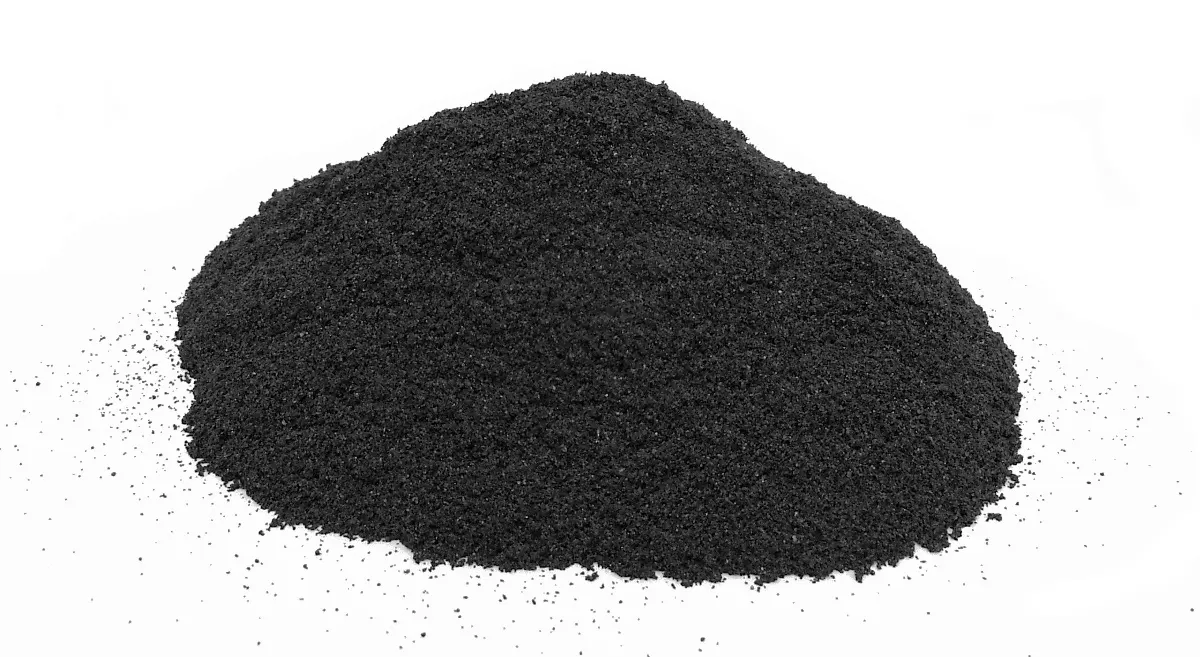Carborundum powder, also known as silicon carbide powder, is a versatile and widely used abrasive material. It possesses exceptional hardness and high thermal conductivity, making it suitable for various industrial applications. In this article, we will explore the various uses of silicon carbide powder, focusing on its advantages and reasons for its use in different industries and processes.
Introduction to Carborundum Powder
Carborundum powder is a synthetic material that was discovered in the late 19th century. It is produced through a complex process that involves the high-temperature fusion of silica sand and coke. The result is a hard, durable substance that ranks just below diamond in terms of hardness, boasting a Mohs hardness rating of 9. This characteristic alone makes carborundum powder an excellent abrasive material.
Properties of Carborundum Powder
The key properties of carborundum powder include its exceptional hardness, thermal conductivity, and chemical stability. These properties make it a versatile material that can be used in a wide range of applications, from abrasive blasting to semiconductor manufacturing.
Abrasive Applications
Carborundum powder is primarily utilized as an abrasive material due to its hardness and durability. It is available in various grit sizes, allowing for different levels of abrasiveness. The following are some key abrasive applications of carborundum powder:
- Grinding: Carborundum powder is commonly used in grinding applications, where it is mixed with water or oil to create a slurry. This slurry is applied to grinding wheels or abrasive belts to achieve precise and efficient material removal. It is widely used in metal fabrication, woodworking, and glass manufacturing.
- Abrasive Blasting: One of the primary uses of carborundum powder is in abrasive blasting processes. Due to its high hardness and impact resistance, carborundum powder can effectively remove material from a wide range of surfaces without causing significant damage. It is particularly suitable for recycling during the sandblasting process, making it a cost-effective choice for many industrial applications.
- Polishing: The hardness of carborundum powder makes it well-suited for polishing applications. It is used to achieve smooth and reflective surfaces on metals, ceramics, and optical components. Carborundum powder is often combined with polishing compounds or pastes to enhance its polishing effectiveness.
- Cutting and Machining: In addition to grinding and polishing, carborundum powder is employed in cutting and machining processes. It is used as an abrasive material in cutting tools, such as saw blades and grinding discs, to cut and shape various materials, including metals, ceramics, and composites.
Refractory and Metallurgical Applications
Carborundum powder finds applications in refractory and metallurgical industries due to its high thermal conductivity and resistance to extreme temperatures. Some key applications include:
- Refractory Materials: Carborundum powder is used to manufacture refractory materials, which are heat-resistant materials used in furnaces, kilns, and other high-temperature environments. The powder is mixed with binders and other additives to form refractory bricks, castables, and crucibles that can withstand extreme temperatures and harsh chemical environments.
- Steel Production: In the steel industry, carborundum powder is utilized as a deoxidizing agent in the production of steel. It reacts with oxygen and other impurities, removing them from the molten metal and improving the quality of the final steel product.
- Foundry Applications: Carborundum powder is also used in foundry applications, where it is added to molding sands to enhance their refractory properties. This improves the mold's ability to withstand high temperatures during the casting process.
Other Applications
Carborundum powder has a range of additional applications, including:
- Semiconductor Industry: In the semiconductor industry, carborundum powder is used in the production of silicon wafers. It is employed in the slicing and grinding of silicon ingots to create thin wafers for semiconductor devices.
- Abrasive Cleaning: Carborundum powder is utilized in abrasive cleaning processes, such as sandblasting or shot blasting, to remove rust, paint, and other coatings from surfaces. It is effective in cleaning metal surfaces, concrete, and even historical monuments.
- Electrical Components: The high thermal conductivity of carborundum powder makes it valuable in the production of heat sinks and other thermal management components for electronic devices. Its ability to dissipate heat efficiently helps prevent overheating and ensures optimal performance.
- Additive Manufacturing: In recent years, carborundum powder has found applications in additive manufacturing, also known as 3D printing. It can be used as a material in selective laser sintering (SLS) and other powder-based 3D printing processes, allowing for the production of complex and durable parts.
Conclusion
Carborundum powder, with its exceptional hardness, thermal conductivity, and versatility, finds applications across various industries and processes. From grinding and polishing to refractory manufacturing and steel production, carborundum powder plays a vital role in achieving high-quality results and enhancing process efficiency.
